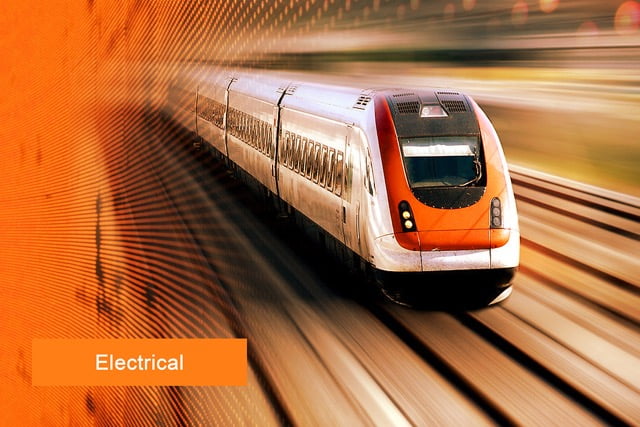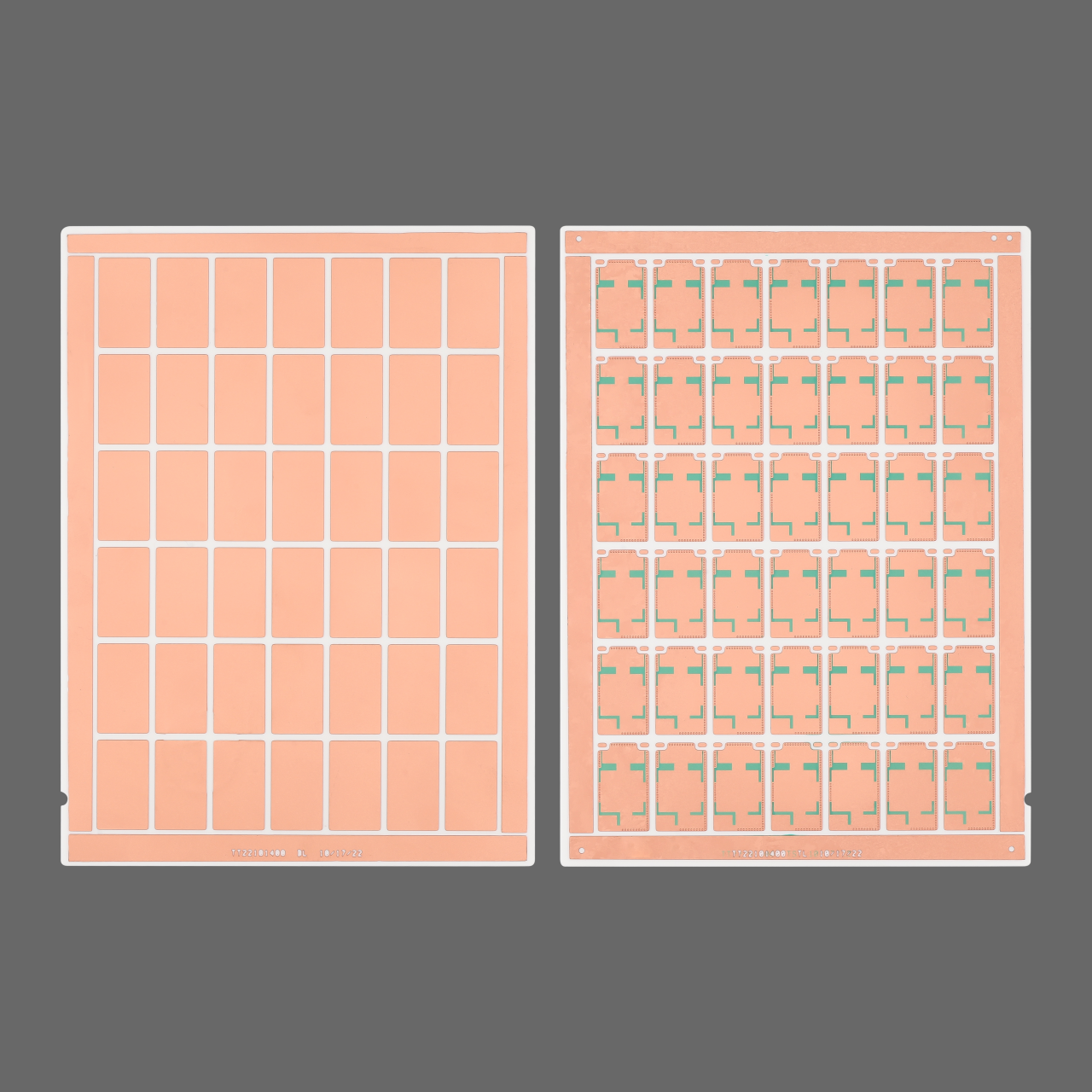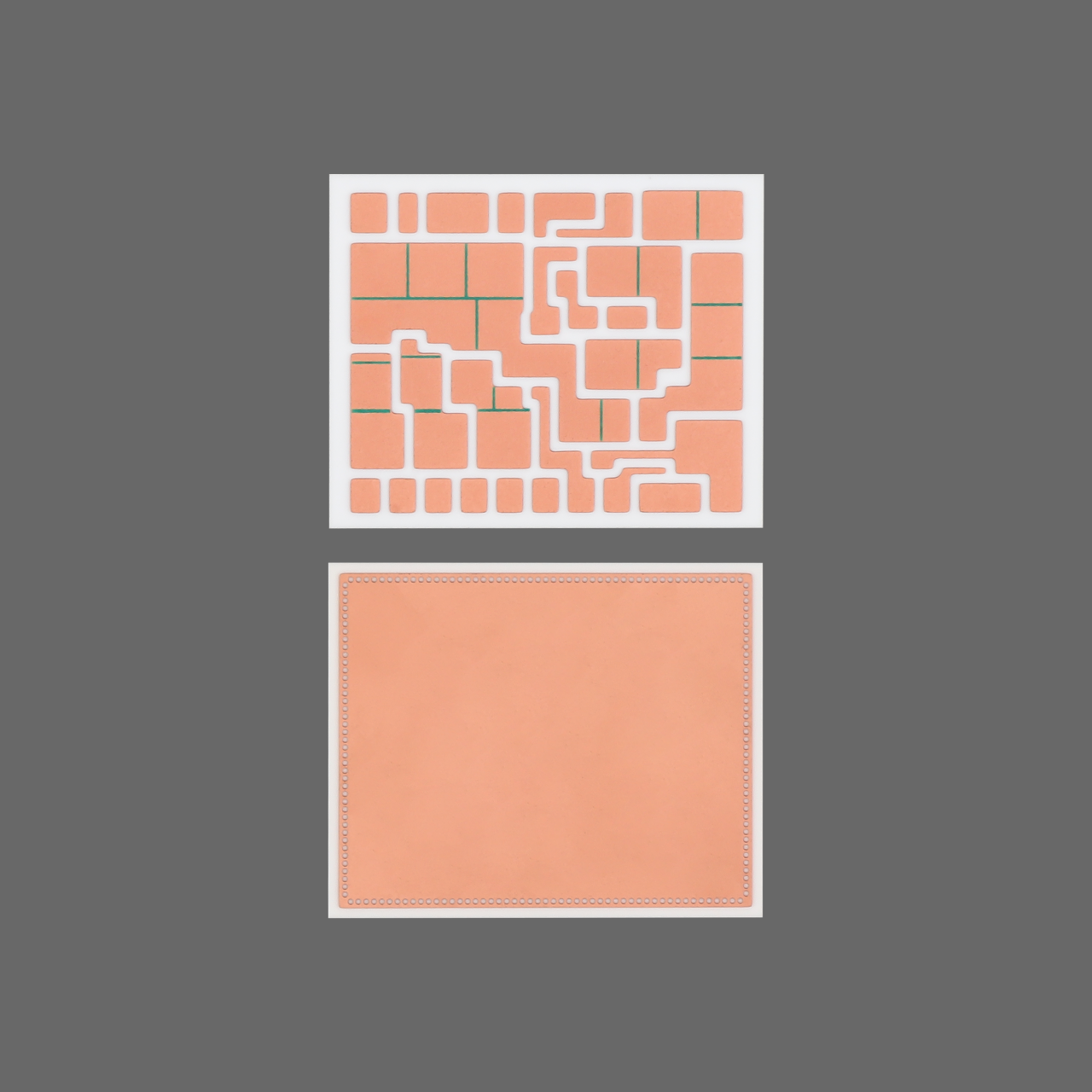Ceramic DBC: The Core of High-Power Electronic Packaging
(Direct Bonding Copper)

In today’s era of rapid development of high-power electronic products, the optimization of heat dissipation and electrical performance has become one of the key challenges facing electronic packaging technology. Ceramic substrates are widely used in power electronics and high-temperature, high-power fields due to their excellent thermal conductivity and insulation properties. Among the many ceramic substrate technologies, DBC (Direct Bonded Copper) technology has become the core choice for high-power electronic device packaging due to its excellent thermal conductivity, mechanical strength and high reliability. This article will explore the advantages, application areas and future development prospects of ceramic DBC technology in depth.
1. What is ceramic DBC technology?

Ceramic DBC technology is a process that directly bonds copper foil to a ceramic substrate through a high-temperature welding process. Specifically, the copper foil reacts with a ceramic substrate (such as aluminum oxide or aluminum nitride) under high temperature conditions (usually over 1000°C) to form a strong metal-ceramic composite material. DBC substrates have been widely used in power electronic devices because they have both the conductivity of metallic copper and the insulation and thermal conductivity of ceramics.
2. Advantages of Ceramic DBC
Excellent thermal conductivity The ceramic materials used in DBC substrates are usually aluminum oxide (Al₂O₃) or aluminum nitride (AlN), both of which have very good thermal conductivity. In particular, aluminum nitride has a thermal conductivity of 170-230 W/m·K, far exceeding traditional PCB substrates. With the use of copper foil, DBC substrates can effectively dissipate heat in high-power devices to avoid overheating and damage to devices due to heat accumulation.
High mechanical strength and thermal stability DBC substrates still maintain excellent mechanical strength under high temperature conditions, which enables it to provide stable support in high-stress, high-temperature environments. Especially in applications such as electric vehicles and industrial power modules, the thermal stability of DBC ensures that devices continue to operate at high temperatures without failure.
Good electrical insulation properties Ceramic materials have natural insulation properties, which allows DBC substrates to be used under high voltage conditions to avoid short circuits and leakage. Its high insulation is particularly suitable for power devices, such as IGBT modules, MOSFETs and other power electronic components packaging.
High reliability and lifespan DBC substrates form a strong chemical bond between copper and ceramic during the manufacturing process. This bonding method makes the substrate extremely resistant to thermal cycling. Whether in extremely cold or extremely hot working conditions, DBC substrates can maintain good performance, thereby extending the service life of the device.
3. Application fields of ceramic DBC
Power semiconductor modules In the field of high-power semiconductor packaging, DBC substrates have been widely used, especially in IGBT (insulated gate bipolar transistor) and MOSFET modules. These power devices need to handle high currents and high voltages, and the high thermal conductivity and insulation of DBC substrates make them ideal packaging materials. Especially in electric vehicles, power inverters, and renewable energy systems such as wind power and photovoltaics, IGBT modules rely on the stability and heat dissipation capabilities of DBC substrates.
Electric vehicles and new energy vehicles In the motor controllers, inverters, and charging systems of new energy vehicles, the increase in power density has put forward higher requirements for the heat dissipation and reliability of the substrate. DBC substrates can not only cope with the high power requirements of electric vehicles, but also maintain a stable temperature during long-term operation to ensure the safety and performance of the vehicle.
Wind and Solar Inverters Power inverters in the renewable energy sector need to convert high-power DC to AC, requiring the substrate to withstand high currents and dissipate heat efficiently. DBC substrates are widely used in these applications, providing excellent heat dissipation and electrical performance, ensuring the reliability of the equipment during long-term operation.
Industrial Power Supplies and Power Equipment Industrial-grade power supply equipment and power control systems also rely on DBC substrates to handle high power and high current. In these environments, equipment needs to operate at extreme temperatures and high voltages, and the high mechanical strength and insulation properties of DBC substrates provide protection for these devices.
4. Future Development Direction of Ceramic DBC Technology
Material Upgrade With the increasing demand for high thermal conductivity, DBC technology is gradually moving towards higher-performance ceramic materials. Aluminum nitride (AlN) has become a future development trend because its thermal conductivity is significantly better than traditional aluminum oxide (Al₂O₃). In addition, new ceramic materials such as silicon nitride (Si₃N₄) are also gradually being studied and applied, which will further improve the thermal conductivity and reliability of DBC substrates.
Thinner copper layer and higher density circuit In order to meet the needs of miniaturization and high integration of future electronic products, DBC technology is developing towards thinner copper layer and higher density circuit. This will help achieve higher power handling capacity in a limited space and promote the miniaturization and lightweight of high-power equipment.
Expansion of application fields Although DBC technology is currently mainly used in power electronics and new energy vehicles, in the future, with the reduction of costs and the maturity of technology, DBC substrates are expected to expand to more emerging fields such as consumer electronics, aerospace, 5G communications, etc.
Conclusion
Ceramic DBC technology has become one of the preferred technologies for high-power electronic packaging with its excellent thermal conductivity, high insulation and excellent mechanical strength. Whether in power semiconductor modules, new energy vehicles, or renewable energy inverters and industrial power supplies, DBC substrates have shown their irreplaceable advantages. With the continuous advancement of material technology and manufacturing processes, DBC technology will continue to meet the more demanding packaging needs of electronic devices and promote continuous innovation and development in the field of electronic packaging.
 ยิม
ยิม